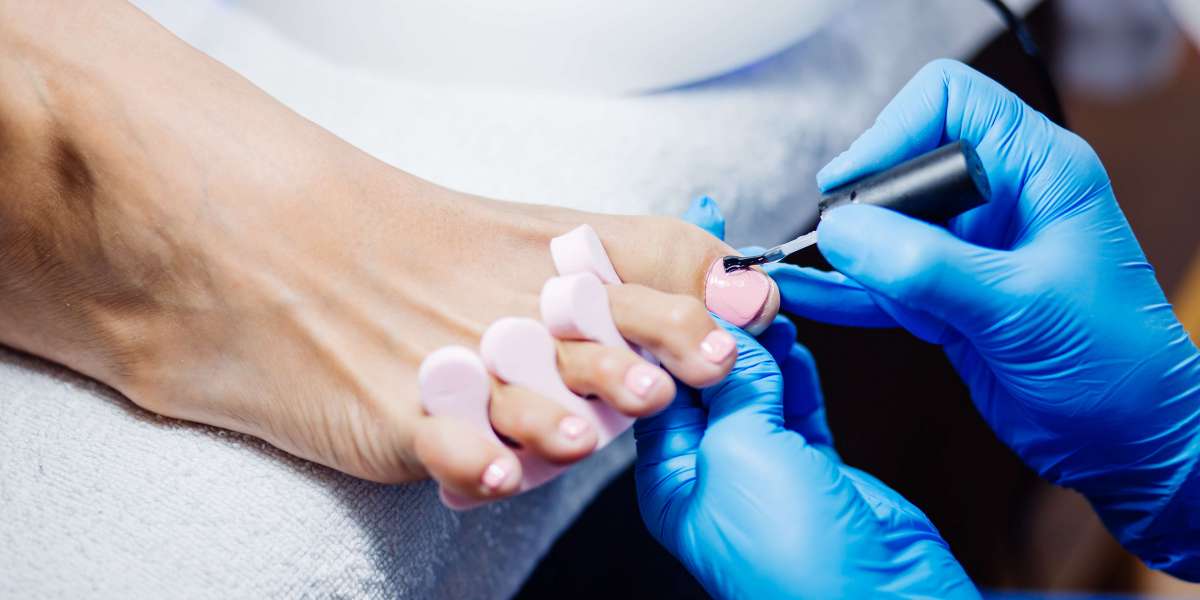Ingrown toenails can be a painful and frustrating condition, affecting individuals of all ages. They occur when the edge of a toenail grows into the surrounding skin, causing redness, swelling, and discomfort. If left untreated, an ingrown toenail can lead to infection and more severe complications. Fortunately, there are various tips and treatments available to provide quick relief and prevent future occurrences. This article will explore the best practices for ingrown toenail removal in Greater San Antonio.
Understanding Ingrown Toenails
An ingrown toenail, medically known as onychocryptosis, typically affects the big toe but can occur on any toe. Common causes include:
Improper Nail Trimming: Cutting toenails too short or rounding the edges can encourage the nail to grow into the skin.
Tight Footwear: Shoes that are too tight or narrow can press the nail into the skin.
Injury: Trauma to the toe, such as stubbing or dropping something heavy on it, can lead to an ingrown toenail.
Genetics: Some people are more prone to ingrown toenails due to the natural shape of their nails.
Symptoms include pain, swelling, redness, and, in severe cases, pus or drainage if an infection is present.
Home Remedies for Ingrown Toenail Removal
For mild cases, home remedies can be effective in providing relief and promoting healing:
1. Warm Soaks
Soaking the affected foot in warm, soapy water for 15-20 minutes, three to four times a day, can help reduce swelling and relieve pain. Adding Epsom salts can enhance the soothing effect.
2. Cotton or Dental Floss Under the Nail
Gently lifting the ingrown edge of the nail and placing a small piece of cotton or dental floss underneath can help the nail grow above the skin edge. Change the cotton or floss daily to maintain cleanliness.
3. Topical Antibiotics
Applying an over-the-counter antibiotic ointment can prevent infection and promote healing. Cover the toe with a bandage after application to keep the area clean and protected.
4. Proper Nail Trimming
To prevent further issues, trim toenails straight across and avoid rounding the corners. Use clean, sharp nail clippers and avoid cutting nails too short.
5. Wear Comfortable Footwear
Opt for shoes with a wide toe box and avoid high heels or tight-fitting shoes. This reduces pressure on the toes and allows for proper nail growth.
When to Seek Professional Help
While home remedies can be effective, there are instances when professional medical treatment is necessary:
Persistent Pain and Swelling: If symptoms persist despite home treatment, it’s time to consult a healthcare provider.
Signs of Infection: Redness, warmth, pus, and increased pain indicate an infection that requires medical attention.
Underlying Health Conditions: Individuals with diabetes, poor circulation, or other health conditions should seek professional care promptly to avoid complications.
Professional Treatments for Ingrown Toenail Removal in Greater San Antonio
Greater San Antonio offers a range of professional treatments for ingrown toenail removal. Here are some options to consider:
1. Podiatrist Consultation
A podiatrist specializes in foot and ankle care and can provide expert treatment for ingrown toenails. They can assess the severity of the condition and recommend the best course of action.
2. Partial Nail Removal
For severe or recurring ingrown toenails, partial nail removal may be necessary. The podiatrist will numb the toe and remove the ingrown portion of the nail. This procedure can provide long-term relief and prevent future occurrences.
3. Total Nail Removal
In cases of chronic ingrown toenails or severe infection, total nail removal might be recommended. This involves removing the entire nail and allowing a new, healthy nail to grow in its place.
4. Chemical Matrixectomy
This procedure involves removing the nail and applying a chemical solution to the nail bed to prevent the nail from growing back. It's a permanent solution for chronic ingrown toenails.
5. Laser Treatment
Laser treatment is a minimally invasive option that uses a focused beam of light to remove the ingrown portion of the nail. It’s effective and has a shorter recovery time compared to traditional surgical methods.
6. Antibiotic Treatment
If an infection is present, a course of oral or topical antibiotics may be prescribed to clear the infection and prevent it from spreading.
Preventive Measures to Avoid Ingrown Toenails
Preventing ingrown toenails is key to avoiding the discomfort and inconvenience they cause. Here are some tips to keep your toenails healthy:
1. Proper Nail Care
Trim your toenails straight across and avoid cutting them too short. Use clean, sharp nail clippers and avoid tearing or ripping the nails.
2. Choose the Right Footwear
Wear shoes that fit well and provide ample room for your toes. Avoid high heels and shoes with narrow toe boxes that can compress the toes.
3. Protect Your Feet
Wear protective footwear if you’re engaging in activities that put your toes at risk of injury, such as sports or heavy lifting.
4. Maintain Foot Hygiene
Keep your feet clean and dry to prevent infections. Regularly wash your feet with soap and water, and dry them thoroughly, especially between the toes.
5. Monitor Your Feet
Regularly inspect your feet for signs of ingrown toenails or other issues, especially if you have conditions like diabetes that affect foot health.
Finding Ingrown Toenail Removal Services in Greater San Antonio
If you’re experiencing persistent pain or other symptoms of an ingrown toenail, seeking professional help is essential. Greater San Antonio has numerous healthcare providers specializing in foot and nail care. Here are some steps to find the right treatment:
1. Research Local Podiatrists
Look for podiatrists in Greater San Antonio with good reviews and a strong reputation for treating ingrown toenails. Online directories and healthcare review websites can provide valuable insights.
2. Check Credentials
Ensure the healthcare provider is licensed and board-certified in podiatry. This guarantees they have the necessary training and expertise to treat ingrown toenails effectively.
3. Consultation and Evaluation
Schedule a consultation to discuss your symptoms and treatment options. A thorough evaluation will help determine the best course of action for your specific condition.
4. Insurance and Payment Options
Check if the provider accepts your insurance plan and inquire about payment options. Some treatments may be covered by insurance, reducing out-of-pocket costs.
5. Follow-Up Care
After treatment, follow your healthcare provider’s instructions for follow-up care to ensure proper healing and prevent recurrence.
Conclusion
Ingrown toenails can be a painful and bothersome condition, but with the right care and treatment, relief is possible. Home remedies can be effective for mild cases, but professional treatment may be necessary for more severe or persistent issues. If you’re seeking ingrown toenail removal in Greater San Antonio, numerous qualified podiatrists and healthcare providers are available to help. By following preventive measures and seeking timely treatment, you can keep your feet healthy and pain-free.








